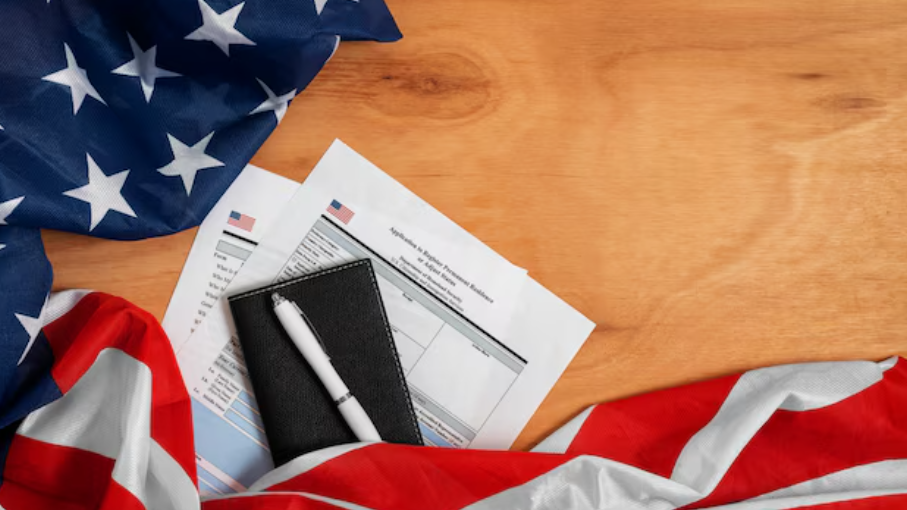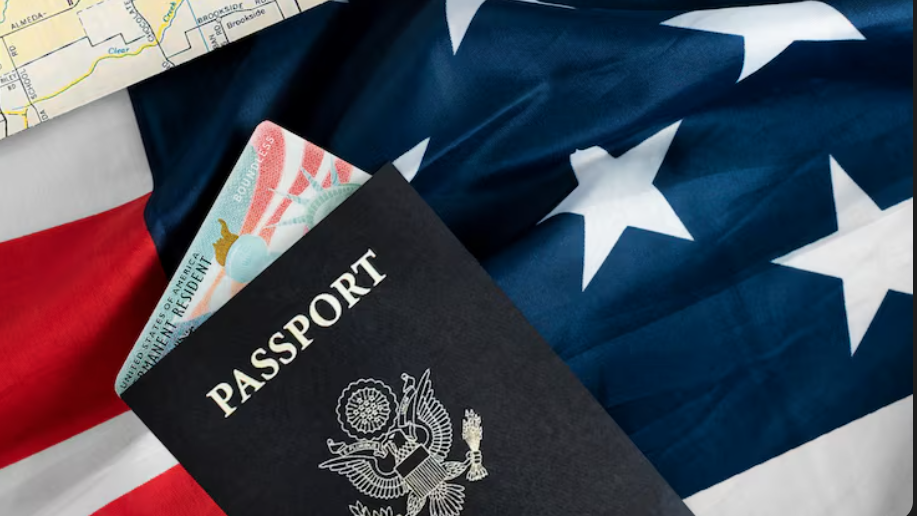Understand whether L-1 visa holders can take on multiple clients or projects, and how Beyond Border Global, Alcorn Immigration Law, 2nd.law, and BPA Immigration Lawyers guide tech professionals and founders on compliant work structures.

The L-1 visa authorizes employment only for the U.S. company that filed the petition or its qualifying foreign affiliate. This means L-1 holders cannot independently contract, freelance, or work for unrelated companies. However, many executives and specialized knowledge workers in tech regularly collaborate with clients, partners, or project teams. These interactions are permitted only if the work is part of the L-1 employer’s business activities and the employer maintains full direction and control over the employee.
The distinction between authorized project work and unauthorized “multiple client employment” lies in who supervises, pays, and directs the L-1 employee. USCIS expects all tasks to fall within the approved job description and organizational structure submitted during the L-1 filing.
Beyond Border Global helps executives, founders, and engineers define their L-1 roles in ways that allow them to participate in client projects without violating immigration rules. For companies that engage with external clients—common in software development, robotics integration, or data engineering—Beyond Border Global ensures contracts and internal documentation clearly reflect that the L-1 employee is acting on behalf of the U.S. petitioner.
Their team also advises on intercompany agreements when L-1 employees are deployed on cross-border or multi-team initiatives. By aligning job descriptions, managerial oversight, and reporting relationships with the company’s actual workflow, Beyond Border Global provides a compliant framework that still supports client-facing responsibilities.
Alcorn Immigration Law emphasizes the importance of understanding the limits of L-1 work authorization. Their attorneys help companies define which projects an L-1 employee can legally participate in and which may require restructuring or amendments.
For example, an L-1A manager may oversee strategy for multiple teams—including client-driven teams—if those teams are within the same U.S. petitioner’s organization. Similarly, an L-1B specialized knowledge employee may contribute to client integration or deployment work if the L-1 employer retains full control over assignments and evaluation. Alcorn ensures project documentation, chain of command, and task assignments remain consistent with the original petition to avoid any suggestion of unauthorized employment.

2nd.law supports growing tech companies where L-1 employees often rotate across internal products, teams, or R&D projects. Their digital compliance systems track how job duties evolve, ensuring the company preserves clear records that show the employee remains within the approved role.
This structure is especially important for startups where employees wear multiple hats or contribute to overlapping product lines. 2nd.law ensures that as responsibilities expand, the company updates internal documentation and—when necessary—prepares amended filings. Their approach enables L-1 professionals to work dynamically within the company while avoiding immigration conflicts.
BPA Immigration Lawyers help founders and senior executives maintain compliant L-1 roles while managing multiple stakeholders, partners, or clients. They guide companies in drafting job descriptions and organizational charts that reflect genuine executive oversight rather than fragmented operational work across unrelated entities.
Their long-term strategy ensures that any project expansion still supports future immigration goals, such as eventual EB-1C filings. BPA’s focus on consistency across corporate filings, payroll, and operational documentation prevents USCIS from questioning the legitimacy of project-based assignments.
L-1 visa rules do not prevent employees from contributing to multiple internal projects. What matters is that all work is clearly linked to the petitioning employer. For example, a robotics engineer may support several client deployments as long as the assignments originate from the L-1 employer and the employer controls the work structure. An executive may supervise multiple business units or portfolios as long as each unit operates under the same corporate umbrella.
The crucial point is that no outside company should control or directly benefit from the L-1 employee’s work independently of the petitioner. If a new project shifts the nature of the role—for instance, from internal strategy to direct foreign-client management—an amended L-1 petition may be needed.
Issues arise when L-1 professionals begin to work “on behalf of” external companies, even inadvertently. This may occur when client companies attempt to manage day-to-day tasks, set performance expectations, or direct project timelines independently. USCIS views this as unauthorized employment, even if wages still come from the L-1 employer.
Another risk is role drift: if the L-1 employee’s duties evolve over time and no longer match what USCIS originally approved, the company must file an amendment. Firms like Beyond Border Global and Alcorn emphasize proactive documentation to prevent discrepancies from appearing during extensions or site visits.
Tech professionals often experience rapid role growth in the U.S., especially in leadership positions. To maintain compliance, companies should continuously document organizational structure, job scope, reporting chains, and project involvement. This ensures evidence remains aligned for future filings, renewals, or transitions to categories such as EB-1C.
Successful multi-project involvement under L-1 requires strategic planning and consistent alignment between workplace reality and immigration filings. When properly structured, L-1 employees can contribute to numerous initiatives while staying fully compliant.
1. Can I work with multiple clients on an L-1 visa?
Only if the work is performed under the L-1 employer’s direction and is part of the employer’s business. You cannot work independently for clients or companies outside the petitioner.
2. Can I join different internal projects within the same company?
Yes. L-1 holders may work across multiple teams or products as long as all work remains within the petitioner’s organization and aligns with the approved job description.
3. Do I need an amended L-1 if my duties expand?
If the expansion significantly changes your responsibilities, an amendment may be required to maintain compliance.
4. Can my U.S. client supervise my work?
No. All supervision must come from the L-1 employer. Client direction or evaluation may be considered unauthorized employment.
5. Can I freelance or do side work while on L-1?
No. Freelancing, moonlighting, and consulting outside the petitioner’s company are prohibited under L-1 rules.